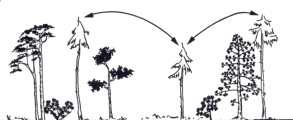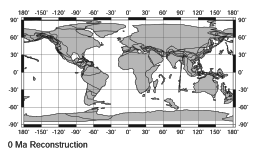First of all we have to clarify what a species is. A lot of different definitions exist, but we refer to the traditional and widespread declaration that a species is defined through that their members can only have fertile offsprings when mating with individuals of their own species.
There are some species with a widespread distribution like wolf (canis lupus), cattle egret (Bubulcus ibis) and leopard (panthera pardus). But most animals are relatively restricted because their ecological requirements are only met over a small area and because they are not capable of dispersing great distances to other suitable habitats. Endemism usually occurs in areas that are isolated in some ways.
Endemits usually emerge from the formation of new species. This process is called “speciation”. Whether differnt groups within a species evolve differnces depends on the main forms of evolution: natural selection, genetic drift, and gene flow. Whereas natural selection and genetic drift tend to increase the difference in populations and support speciation, the gene flow tends to decrease the differences in populations and prevents speciation from occurring. Three different forms of speciation are distinguished:
- Allopatric speciation which occurs when two or more populations of a species are sufficiently isolated from one another geographically so that they cannot interbreed.
- Parapatric speciation which occurs when groups that are geographic neighbours evolve into seperate species.
- Sympatric speciation which occurs in populations with overlapping geographic ranges.
In all three forms the gene flow is limited by barriers. In allopatric speciation these are geographical barriers, typically geological events.
|







